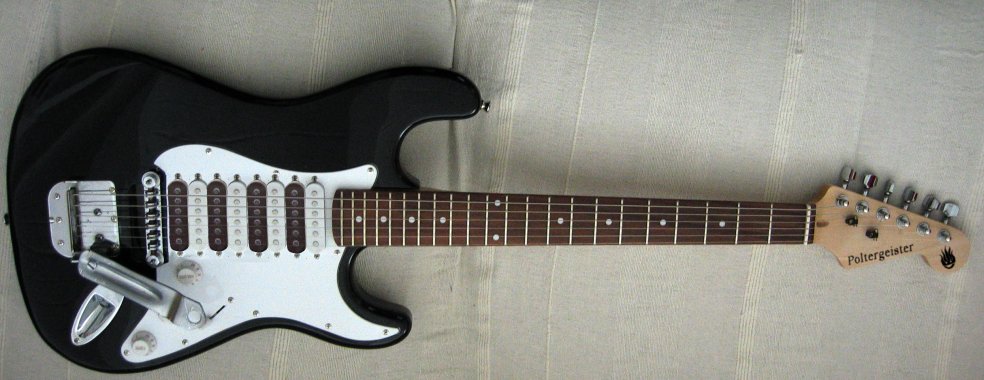Double blind testing and accurate analysis of any possible differences in the sound envelope and frequency spectrums are the only way to prove something like this one way or another. That's exactly what I'll be doing later this week!
I honestly don't think anyone can really tell the difference but I'd like to prove it rather than just go on assuming something might or might not be the case, which many people involved in guitar making do.
Thanks for the reply, Simon
I honestly don't think anyone can really tell the difference but I'd like to prove it rather than just go on assuming something might or might not be the case, which many people involved in guitar making do.
Thanks for the reply, Simon


Comment